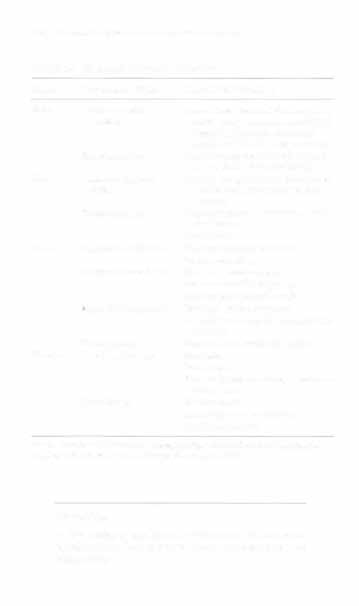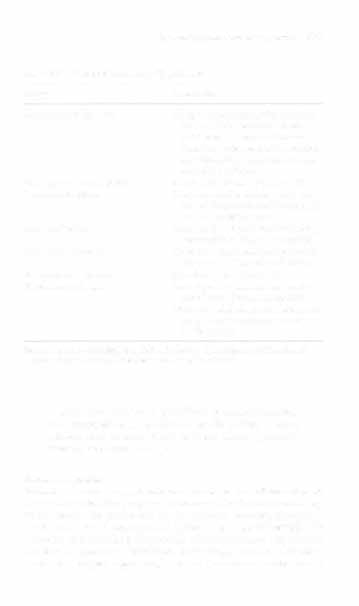i bc27f85be50b71b1 (120 page)
Read i bc27f85be50b71b1 Online
Authors: Unknown

VASCULAR SV$lR.1 AND HE....\1ATOLOGY
391
arteries
Abdomi al
aorta
Iliac
arteries
A
B
c
Figure 6-2. A. Fusiform aneurysm of the aorta. B. ConsequeNces of dissection from the ascending aorta across the arch of the aorta. C. Saccular aneurysm of the descendmg aorta. (With permission from BL Bullock led).
Pathophysiology: Adaptations and Alterations in Function {4th ed}. Philadelphia, Lippillcott-Ravell, 1996;532.)

392 AClJTE CARE HANDBOOK FOR I'HYSICAL THERAPISTS
Arterial Thrombosis
Arterial thrombosis occurs in areas of low or stagnant blood flow,
such as atherosclerotic or aneurysmal areas. The reduced or turbulent
blood flow in these areas leads to platelet adhesion and aggregation,
which then activates the coagulation cycle to form a mature thrombus
(clot). Blood flow may then be impeded, potentially leading to tissue
ischemia with subsquent clinical manifestations,21 ,23
Arterial Emboli
Arterial emboli arise from areas of stagnant or disturbed blood flow
in the heart or aorta. Conditions that predispose a person to emboli
formation are (1) atrial fibrillation, (2) myocardial infarction, (3) infective endocarditis, (4) cardiac valve replacement (if not properly anticoagulated), (5) chronic congestive heart failute, and (6) aortic atherosclerosis. Areas in which arterial emboli tend to lodge and
interrupt blood flow are arterial bifurcations and areas narrowed by
atherosclerosis (especially in the cerebral, mesenteric, renal, and coronary arteries). Signs and symptoms of thrombi, emboli, or both depend on the size of the occlusion, the organ distal to the clor, and
the collateral circulation available."
Treatment of thrombi, emboli, or both includes anticoagulation
with or withom surgical resection of the atherosclerotic area that is
predisposing rhe formarion of rhrombi, emboli, or both. Medical
management of arterial thrombosis can also include anti thrombotic
drugs (e.g., tissue factor or factor Xa inhibitors) or combined antithrombotic therapy with aspirin, and thienopyridine and warfarin, or both."
Hypertension
Hypertension is an elevated arterial blood pressure, both systolic and
diastolic, that is abnormally sustained at rest. Table 6- J 2 outlines
normal and hypertensive blood pressures for a given age group. Signs
and symptoms that can result from hypertension and its effects on
target organs are described in Table 6-13. Two general forms of
hypertension exist: essential and secondary.
Essential, or idiopathic, hypertension is an elevation in blood pressure that results without a specific medical cause bllf is related to the following risk factors"·25:
•
Genetic predisposition
• Smoking



VASCULAR SYSTEM AND HEMATOLOGY
393
Table 6-12. Hyperrension as It Relates ro Differenr Age Groups
Normal Blood Pressure
Hyperrensive Blood Pressure
Age
(SystolicIDiastolic)
(SystolicIDiastolic)
Infanrs
80/40
90/60
Children
100/60
120/80
Teenagers (age 12-
115/70
130180
17 yrs)
Adults
2�5 yrs
120-125/75-80
135/90
45-60 yrs
135-145185
140-160190-95
Older than 65 yrs
150/85
160/90
Source: Data from B Bullock. Pathophysiology: Adaptations and Alterations in Function (4th cd). Philadelphia: Lippincott-Raven, 1996;517.
• Sedentary lifestyle
• Type A personality
• Obesity
•
Diabetes mellitus
• Dier high in fat, cholesterol, and sodium
• Atherosclerosis
• Imbalance of vasomediator production, nitric oxide (vasodilaror), and endothelin (parent vasoconstricror)
Secondary hypertension results fr0111 a known medical cause,
such as renal disease and others listed in Table 6-14. If the causative
factors are treared sufficiently, systolic blood pressure may return to
normal limits.21
Management of hypertension consists of behavioral (e.g., diet,
smoking cessation, activity modification) and pharmacologic intervention to maintain blood pressure within acceptable parameters.
The primary medications used are diuretics and angiotensin-converting enzyme inhibirors along with beta blockers, calcium channel blockers, and vasodilarors.21,26-28 A summary of these medications,
their actions, and their side effecrs can be found in Appendix Tables
IV-I?, IV-2, IV-12, IV-14, and IV-3D, respectively.

394 ACUTE CARE HANDBOOK FOR PHYSICAL TIn· RAPISTS
Table 6-13. Hyperrensive Effecrs on Target Organs
Organ
Hypertensive Effect
Clinical Manifesrations
Brain
Cerebrovascular
Area of brain involved dictates presenaccident
tarion. May include severe occipital
headache, paralysis, speech and
swallowing disrurbances, or coma.
Encephalopathy
Rapid development of confusion, agitation, convulsions, and death.
Eyes
Blurred or impaired
Nicking (compression) of retinal artervision
ies and veins, ar rhe point of their
juncrion.
Encephalopathy
Hemorrhages and exudates on visual
examination.
Papilledema.
Heart
Myocardial infarction
Electrocardiographic changes.
Enzyme elevations.
Congestive heart failure
Decreased card inc output.
Auscultation of S3 or gallop.
Cardiomegaly on radiograph.
Myocardial hypertrophy Increased angina frequency.
ST- and T-wave changes on elecrrocar-
diogram.
Dysrhythmi,.
Ventricular or conduction defecrs.
Kidneys
Renal insufficiency
Nocturia.
Protcinuria.
Elevated blood urea nitrogen and crea-
tinine Icvels.
Renal failure
Fluid overload.
Accumularion of merabolires.
Merabolic acidosis.
Source: Data from B Bullock (cd). ))arhophysiology: Adapt;tl1ons and Alterations in
Function (4th cd). Philadelphia: Lippincott-Raven, 1996;522.
Clinical Tip
• Knowledge of medication schedule may facilitate activity tolerance by having optimal blood pressures at rest and
with activity.



